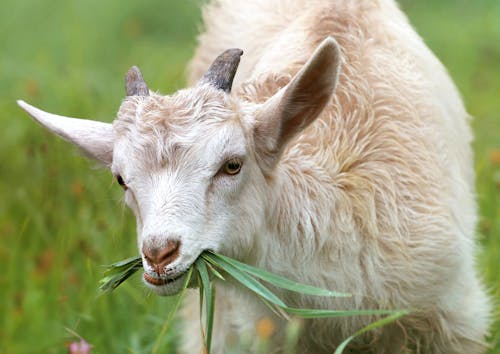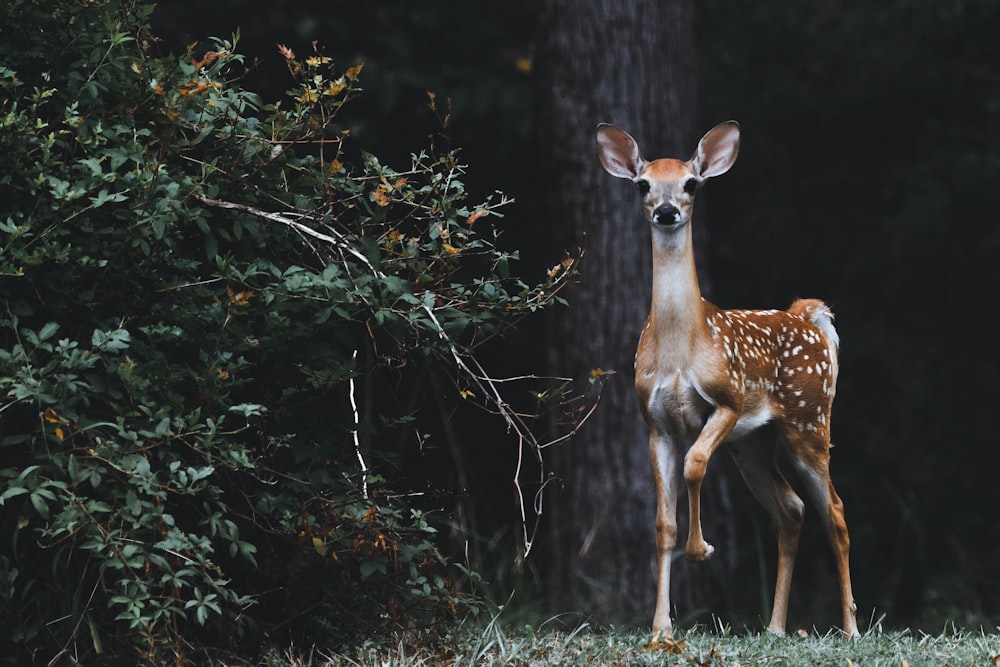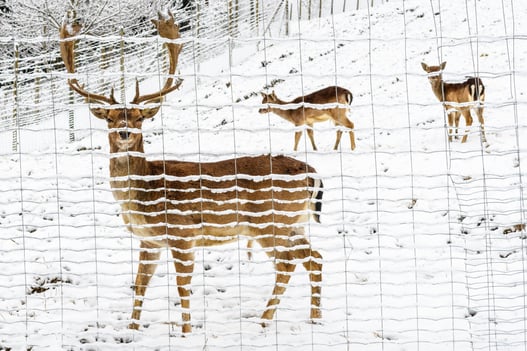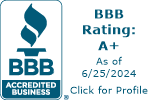When my son Daniel was 11 he announced he was getting goats. “You’re doing what?” I exclaimed. We had recently moved to a house on four acres in Massachusetts. He was looking at about two acres of grass to cut and being an entrepreneur at heart, he was determined to figure out the fastest solution to getting that job done. After much discussion, we headed to Crystal Brook Farm in Sterling, MA so Daniel could apply for a job. Ann Starbard, the goatherder and author of 'The Dairy Goat Handbook," hired him. How could she resist when he blurted out “I want to work for you and you don’t have to pay me.” That was the beginning of our life with goats and it all started with twins: Mr. Tumnus and Sherlock Holmes. Of course, before he brought the goats to their new home he needed a shed and a fence to keep them in.
Additions and Roaming
Then Ann gave Daniel a female goat for his birthday and no one bothered to tell me that she was pregnant! And true to many goats she had triplets: Amos and Andy and Abigail. And then there was Roo. Twelve years later we still have the original twins. Fencing them in and keeping them in has had its challenges through the years. Goats do roam and love to do it. They ate all my David Austin roses, our nice big strawberry patch, and my holly bush (with the most berries ever!) one Christmas. We found the weirdest streaks on our truck last winter: they had been licking the salt off the truck! I came home late one afternoon to find them playing in my neighbor’s front yard. Have you ever tried to get seven full-grown goats home? Without the neighbors hearing you? Not an easy feat. To a goat, the grass is always greener on the other side, especially after a New England winter.
Containing Them
There are two things you must accomplish with fencing in your goats:
- Keeping the goats contained so you don’t lose your roses (or your neighbors' roses!) or expose them to potentially harmful shrubs such as rhododendron
- Keeping your goats safe from predators: coyotes, for example
Thinking ahead:
- Type of fencing
Land area you want to fence- Size of your herd
- Terrain
- Your budget
- Do it yourself or hire someone
Options: Wire Mesh Fencing Materials
- Fixed Knot
- Electric fence, best used in combination with
another fence - Barbed wire
- Welded wire stock panels
- Stay-Tuff's Goat-Tuff™ fence
Are you thinking about getting goats? Do you already have goats in your life? Just remember one of the important things Daniel learned: A good secure fence is a necessity.





















